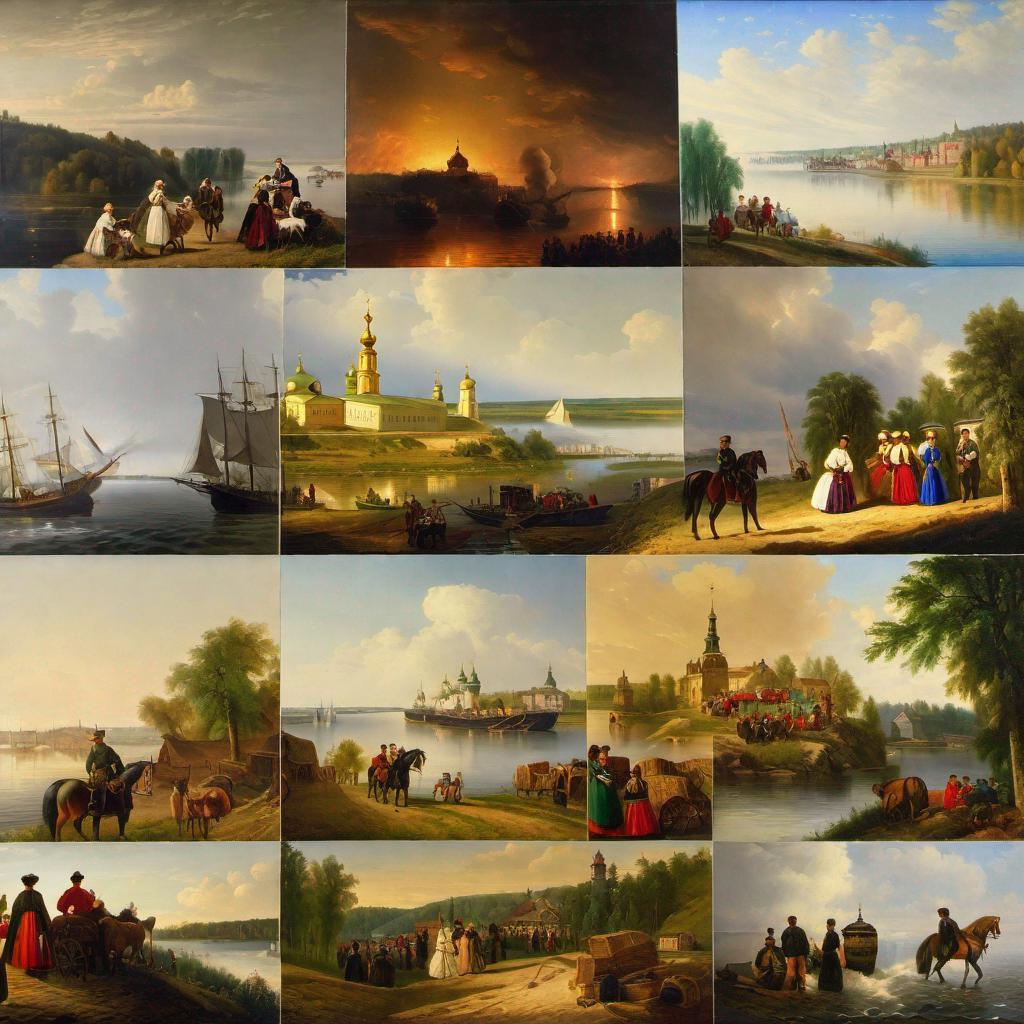The Cultural Mosaic of the Volga: 1700-1900
The Volga River, renowned as Europe's longest waterway, has been a nexus of cultural and historical interweaving. Between 1700 and 1900, its banks bore witness to an array of communities, traders, and settlers.
Communities such as the Russians, Tatars, Bashkirs, Chuvash, and Mordvins had longstanding histories along the Volga. To this established tapestry, the 18th century added the Volga Germans, invited by Catherine the Great, bringing with them unique customs and agricultural prowess.
Prominent among the traders of the Volga were the Scandinavian Varangians. This group not only facilitated significant trade routes but also introduced elements of Norse culture and artifacts, intertwining their heritage with the regions they interacted with.

Another layer to the Volga's diversity was the Jewish settlements, especially notable in areas like the Pale of Settlement. These communities, while often facing challenges, contributed significantly to the region's cultural and economic spheres.
Yet, the cultural confluence was not always smooth. Religious differences, territorial disputes, and economic competitions occasionally erupted into conflicts. However, these tensions were counterbalanced by enduring moments of cooperation, collaboration, and shared cultural expressions.
The Volga was a space of profound interaction: Tatar trade routes, German agricultural techniques, Norse trading strategies, and the intellectual and mercantile prowess of the Jewish communities. All these influences, along with those from smaller ethnic groups, contributed to a multifaceted Volga culture.
As the 19th century concluded, the growing industrialization of the Volga region attracted even more diverse populations. Each group, whether old settlers or new arrivals, was instrumental in shaping the region's dynamic cultural landscape.
Today, the legacy of the Volga between 1700 and 1900 stands as a testament to human resilience, adaptability, and the enriching confluence of cultures that came together on its banks.